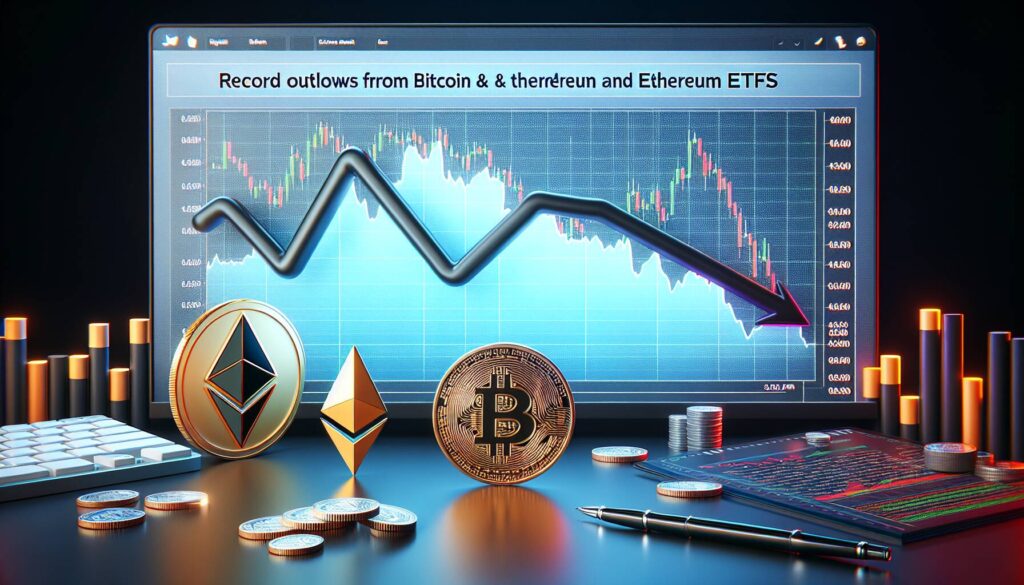The cryptocurrency landscape is ever-evolving, and one of its most talked-about players, Dogecoin, is currently making headlines. Recent technical analysis suggests that Dogecoin is significantly oversold, with its trading price lingering below both the 50-day and 200-day moving averages. This trend raises eyebrows as indicators typically signal potential weakness in price momentum.
Dogecoin’s journey from a meme-based cryptocurrency to a mainstay in the digital asset market has been nothing short of remarkable. However, the current indicators reflect a challenging position for the beloved dog-themed token. Observers are left to wonder about the implications of these metrics on investor sentiment and future trading behaviors.
“Being below key moving averages can often lead to increased caution among traders, as it might suggest that the asset is struggling to maintain upward momentum,” explains an analyst who specializes in cryptocurrency markets.
As the cryptocurrency community monitors Dogecoin’s performance, the focus shifts to how these technical indicators might influence market dynamics. With potential shifts on the horizon, both seasoned traders and newcomers will be watching closely for signs of recovery or further decline in the coming days.

Dogecoin Technical Analysis
The current state of Dogecoin trading may have significant implications for investors and traders.
- Deeply Oversold Condition:
This indicates that the asset may be undervalued, potentially presenting a buying opportunity for investors willing to take the risk.
- Trading Below 50-day Moving Average:
Suggests a bearish trend in the short term, reflecting that recent price action has been weak and may deter conservative investors.
- Trading Below 200-day Moving Average:
Indicates a long-term bearish outlook, which could cause hesitation among long-term holders and impact market sentiment negatively.
- Continued Trend Weakness:
This may lead to increased volatility and risk, prompting traders to reconsider their strategies and risk management approaches.
Understanding these indicators can help readers make informed decisions in their investment strategies and recognize potential risks associated with Dogecoin trading.
Dogecoin’s Oversold Indicator: A Double-Edged Sword in Cryptocurrency Trading
In the ever-evolving world of cryptocurrency, Dogecoin’s current position presents both intriguing opportunities and significant risks. Recent technical indicators suggest that Dogecoin is trading below its 50-day and 200-day moving averages, highlighting a state of being deeply oversold. This trend could signal continued weakness in the short term, which is a characteristic often observed in volatile markets.
Competitive Advantages: For savvy traders, this oversold position can present a compelling buying opportunity. The potential for a rebound is heightened, particularly for those who are willing to take calculated risks. Investors who believe in the long-term viability of Dogecoin could capitalize on these lower entry points, especially if market conditions shift positively. Historically, oversold assets have the potential to rally back, rewarding early adopters significantly.
Competitive Disadvantages: However, for cautious investors, the current trend poses considerable challenges. The broader market sentiment can influence Dogecoin’s price movement, and with other cryptocurrencies experiencing similar or stronger buying momentum, Dogecoin might lag behind. Additionally, the possibility of further declines exists, which could deter risk-averse parties from entering the market, leading to missed opportunities.
Traders and investors weighing their options should consider who might benefit from this situation and who may face repercussions. On one hand, risk-tolerant investors could thrive amidst the potential for recovery. On the other hand, individuals looking for stable investments may find Dogecoin’s current position problematic, prompting them to seek alternatives within the cryptocurrency landscape where performance indicators are more favorable. As always, thorough research and a careful assessment of market trends are essential before making investment decisions.














